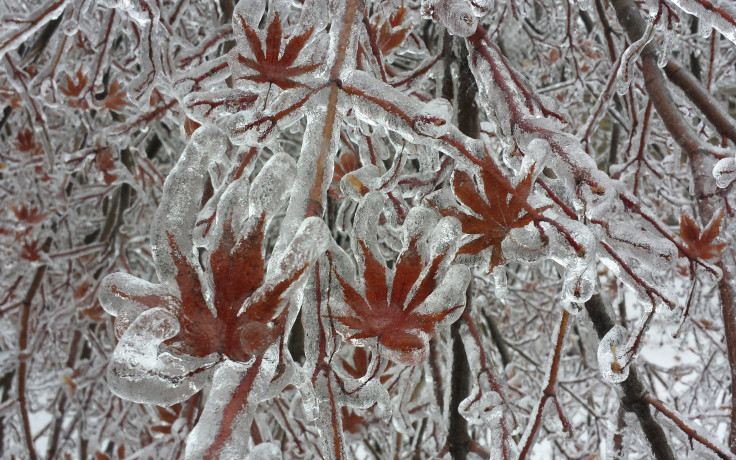Flowering Plants Evolved To Withstand Cold But Some May Not Adapt To Human-Induced Climate Change Quickly

Many among Earth's plant life evolved to endure drastic changes of climate over millennia but some might not survive human-induced climate change, a new study suggests. Scientists, studying the evolution of flowering plants, have shown how plants developed traits to cope with low temperatures, but present-day climate change could pose a bigger threat to plant life and agriculture than previously thought.
According to the study, published in the Dec. 22 issue of the journal Nature, many angiosperms, or flowering plants, evolved certain mechanisms to help them survive freezing temperatures over the many transformations of Earth's climate since pre-historic times. However, some modern plant life, such as trees and agricultural crops, might not have the traits needed to quickly respond to human-induced climate change.
“Only some plants were able to make the adjustments to survive in cold climates,” Pam Soltis of the Florida Museum at the University of Florida and a co-author of the study, said in a statement. “In fact, some had traits used for other purposes that they co-opted for cold tolerance. The results have implications for plant response to climate change -- some plant lineages, including many crops, will not have the underlying genetic attributes that will allow for rapid responses to climate change.”
Early flowering plants such as maple trees maintained a prominent stem above ground across years and changing weather conditions, and were restricted to warm, wet, tropical environments. But eventually these plants expanded their reach to colder climes, and have since dominated large swaths of the globe where freezing occurs. According to scientists, how these plants managed this expansion has long baffled researchers.
“Freezing is a challenge for plants. Their living tissues can be damaged. It's like a plant's equivalent to frostbite. Their water-conducting pipes can also be blocked by air bubbles as water freezes and thaws,” Amy Zanne, assistant professor of biology at George Washington University and the study’s lead author, said in the statement. “So over time, if plants moved into colder climates, they've had to figure out how to get around these problems.”
As part of the research, the scientists first created a database of 49,064 species, recording whether each maintained a stem above ground over time, lost or kept its leaves, or had been exposed to freezing, along with the width of its water-bearing pathways. Researchers combined the information with a dated evolutionary tree of 32,223 plant species and modeled the evolution of species' traits and climate over time, which identified the order of evolutionary events.
The researchers found that plants used three repeated evolutionary shifts to fight the cold:
“Plants either dropped their leaves seasonally, shutting down the pathways that would normally carry water between roots and leaves; developed thinner water-conducting pathways, allowing them to keep their leaves while reducing the risk of air bubbles developing during freezing and thawing; or avoided the cold seasons altogether as herbs, losing aboveground stems and leaves and retreating as seeds, or storing organs underground, such as tulips or potatoes,” according to the study.
According to the researchers, the study's findings are expected to help explore other aspects of plants' evolutionary history, including examining how they respond to environmental changes other than freezing temperatures.
“Certain lineages could not move into the cold, but were able to persist unaffected by the cold in warmer areas. With climate change that is human-induced, all habitats will be affected over a short period of time, and plants and other organisms will have to adapt quickly if they are to survive,” Soltis said.
© Copyright IBTimes 2024. All rights reserved.






















